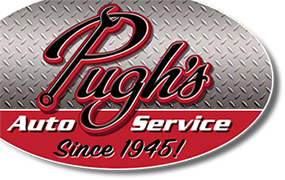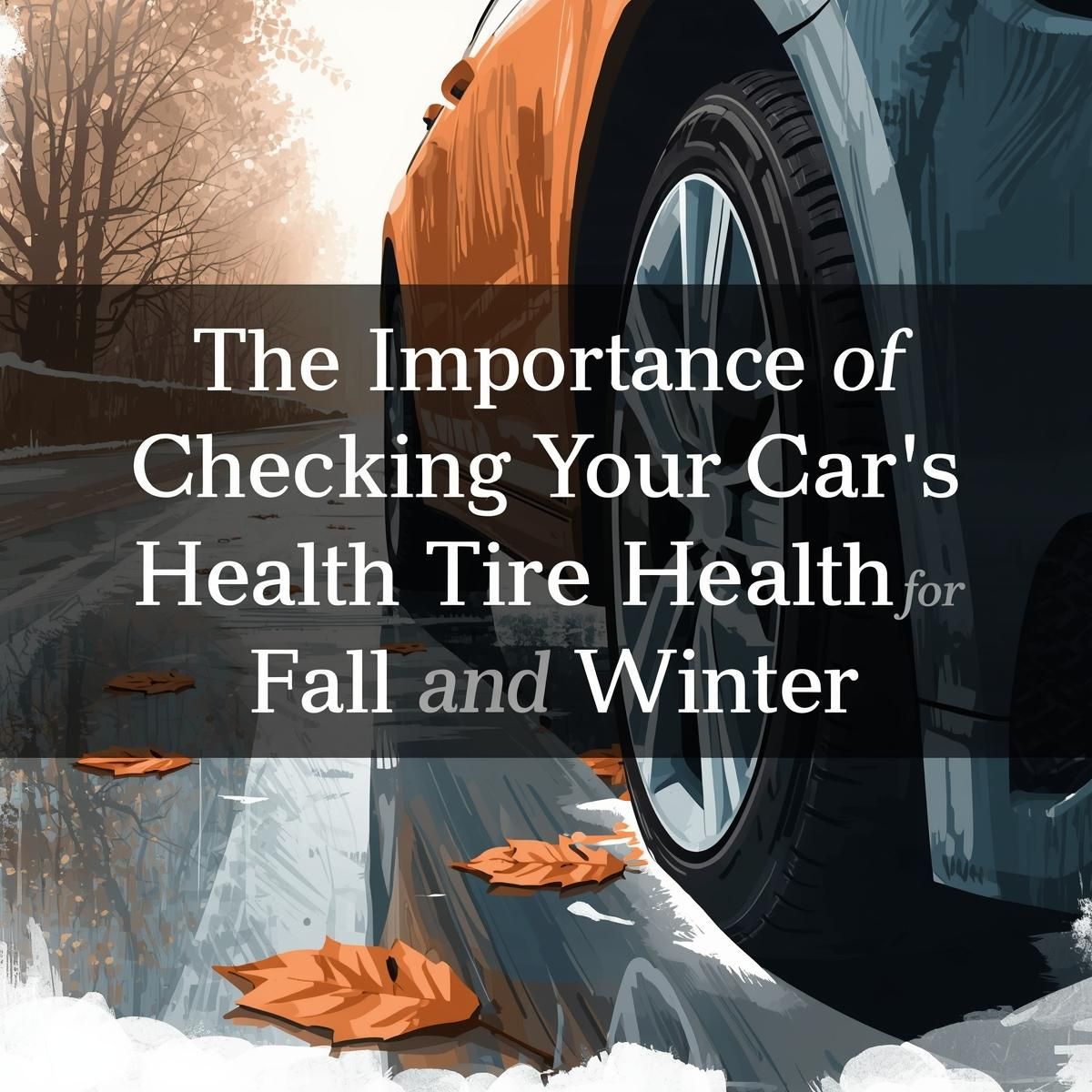The Importance of Checking Your Car’s Tire Health for Fall and Winter
When cooler weather rolls in, your car needs more than just an oil change—it needs healthy tires. Checking tire pressure, tread depth, and overall tire condition in the fall and winter can be the difference between safe driving and dangerous skids. As roads turn wet, icy, or covered in leaves, your tires are the only part of your car that touches the ground. Here’s why seasonal tire checks matter and what to look for.
Why Fall and Winter Tire Maintenance Is Critical
Searches spike every fall for “should I check my tire pressure in cold weather” and with good reason. Tire health isn’t just about preventing flats, it’s about safety, fuel efficiency, and handling. As temperatures drop, your tires lose air, grip changes, and road hazards increase. Proactive tire checks keep you prepared for the months ahead.
1. Cold Weather Drops Tire Pressure
Did you know tire pressure drops about 1 PSI for every 10°F the temperature falls? That means a tire properly inflated in August can be dangerously low by October.
-
Underinflated tires wear faster and increase your risk of blowouts.
-
They also reduce gas mileage and make your car harder to handle on slick roads.
👉 Tip: Check your tire pressure at least once a month during fall and winter, and always before long trips.
2. Tread Depth Keeps You Safe on Wet and Icy Roads
Thin tread = less grip. And fall and winter bring slippery conditions: rain, wet leaves, snow, and black ice.
-
Replace tires when tread depth reaches 2/32 of an inch—but for winter safety, aim for 4/32 or more.
-
Quick hack: Use a quarter. If the top of Washington’s head is visible, it’s time for new tires.
👉 Want to be absolutely sure?: If you aren’t comfortable with checking your tread depth at home, you can stop into Pugh’s Auto Service and we’ll make sure to give you the most accurate reading and advice!
3. Watch for Uneven Tire Wear
Uneven tire wear signals alignment issues, suspension problems, or improper rotation. These issues:
-
Shorten tire life
-
Make steering harder in slippery conditions
-
Increase braking distance
👉 Not sure what to look for?: If your car drifts, vibrates, or shows bald patches, schedule a tire inspection before winter sets in. At Pugh’s Auto Service we routinely check these things for our customers. If you think your tires are causing you problems, call (302)734-4231 to schedule a Tire Inspection today. You can also schedule an appointment on our website https://www.pughsservice.com/schedule-a-service-appointment/.
4. Should You Switch to Winter Tires?
If you live where snow and ice are common, winter tires are worth it.
-
Made from softer rubber compounds, they stay flexible in cold temps.
-
Provide better traction than all-season tires on snow and ice.
-
Safer braking distance on frozen roads.
👉 Need some advice?: Are winter tires worth it for snow and ice → Yes, if you drive regularly in freezing conditions.
5. Don’t Forget the Spare Tire
Your spare is easy to ignore—until you need it.
-
Check that it’s fully inflated.
-
Make sure your jack and tools are in place.
-
Saves you from long roadside waits in freezing rain or snow.
👉 Where is my spare tire?: Spare tires are often in the trunk, under the bed in trucks, or inside some cars/SUVs. Some Jeeps have them on the back door.
Final Thoughts: Stay Ahead of Tire Trouble
When fall turns to winter, your tires are your first line of defense against dangerous roads. By checking pressure, monitoring tread, and considering a switch to winter tires, you’ll stay safe, save money, and keep your car performing at its best. We can help you with all of this at Pugh’s Auto Service
👉 If you’re searching “how to prepare my car for winter” or “fall tire maintenance checklist,” start with your tires. They may not be flashy, but they’re the foundation of every safe trip this season.








